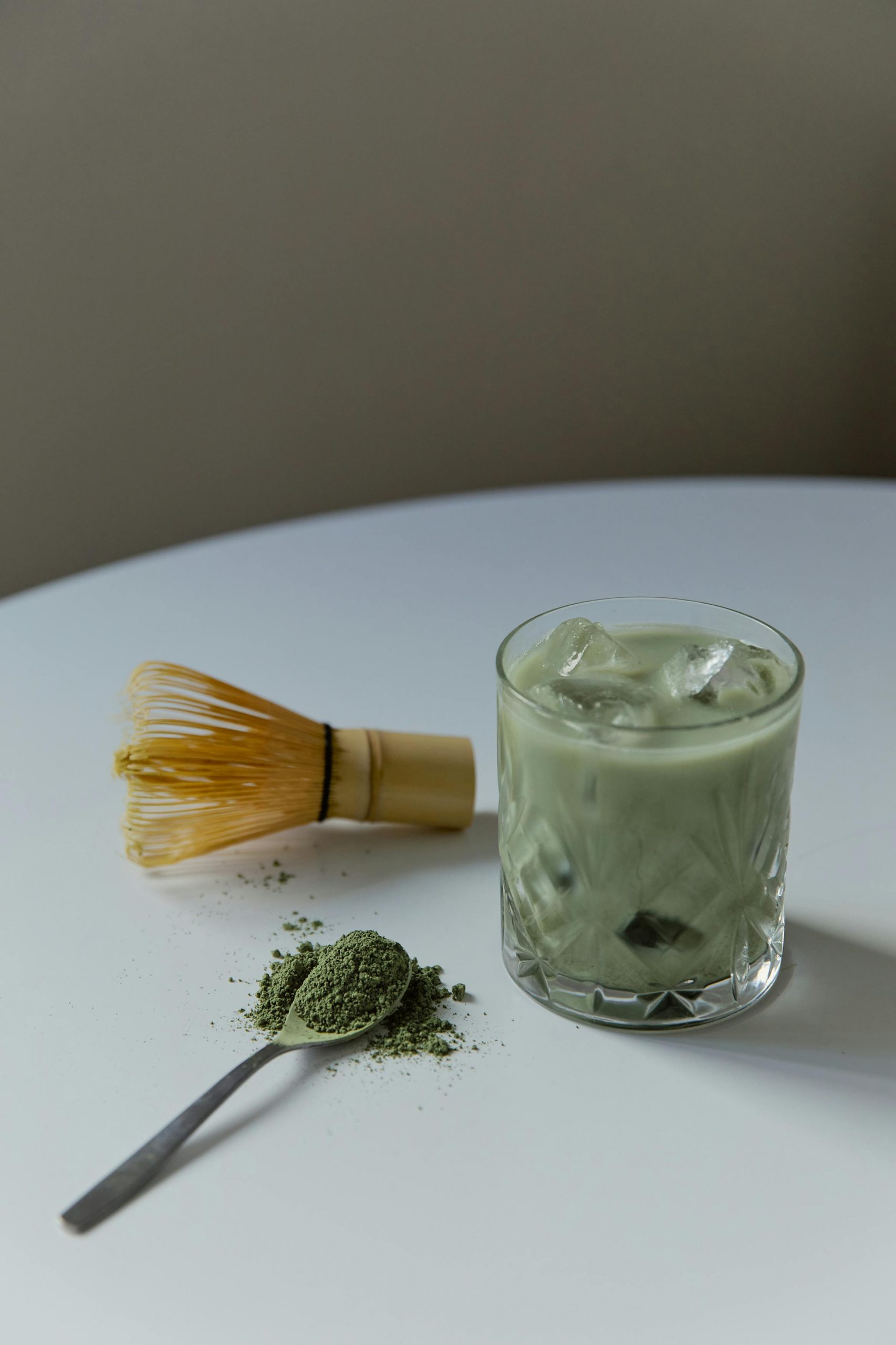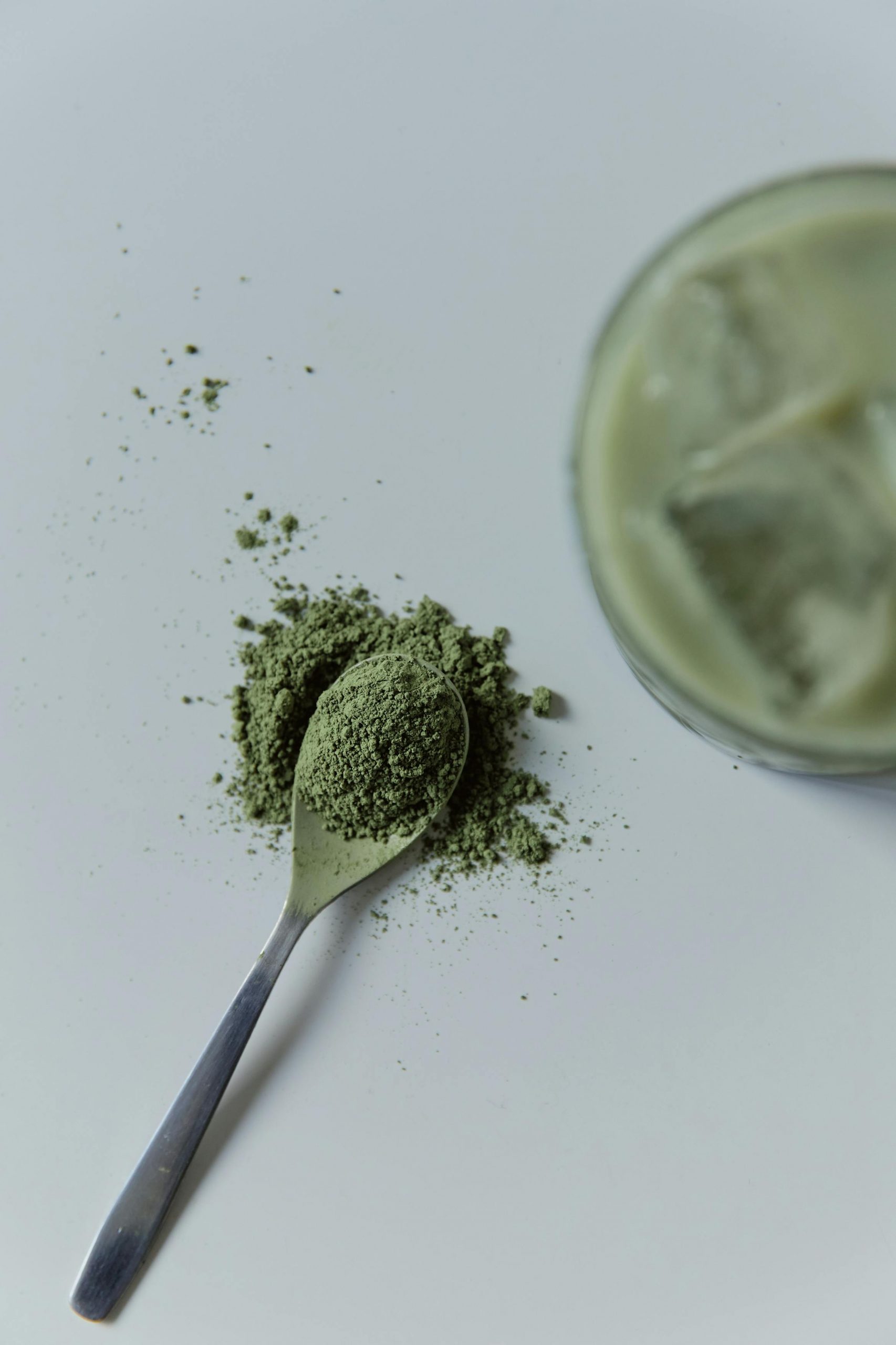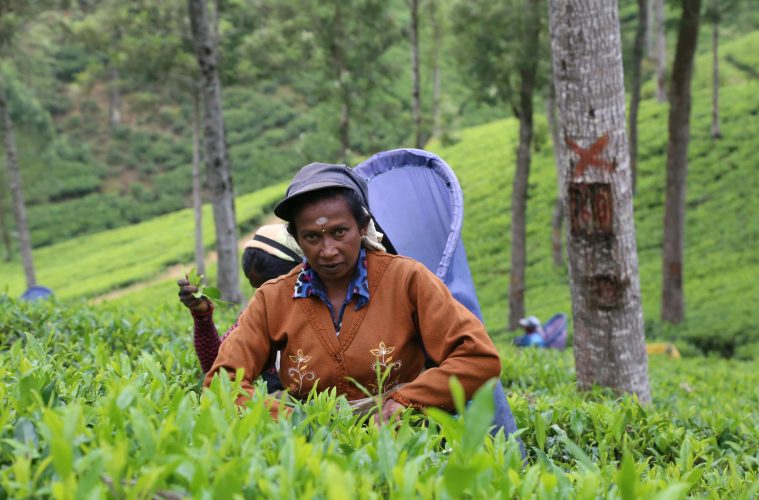Over the past few years, the matcha craze has been taking over. The fine green powder made from ground tea leaves has been rising in popularity. With all this matcha talk, not enough attention is being paid to the matcha plant.
What is matcha?
Matcha tea has become a familiar term, leaving no doubt about the plant it originates from. The matcha powder used in the tea comes from the shrub plant, Camelia sinensis. The shrub is native to Asian countries. The increasing popularity is attributed to the effects of focus and energy that the green tea gives. As this craze continues, more and more gardeners are finding ways to cultivate the Camelia Sinensis plant.

Image Credit: Pexels
Cultivating the matcha plant
What makes the matcha plant special is that the plants used to make it need to be shaded for 3 weeks before the harvest. This helps alter the chemical composition of the matcha green tea plant leaves. This gives them a smoother and sweeter taste with less bitterness.
When growing the plant, choose a location that is part sun part shade. Since the Camelia Sinensis plant is of Asian native to Asia, you need to match its tropical environment to get the best produce. Shelter the plant from too much sun exposure.

Image Credit: Pexels
The shrub rarely blooms when grown indoors. This is due to specific temperature requirements during the growth and dormancy periods. Indoor home environments are often too warm and too dry. These don’t suit the plant’s growth.
When their natural growing environment is matched, the shrub will take three years for its glossy green leaves to reach maturity. It will take another year for harvesting to begin. The harvesting of the shrub flowers depends on climate and temperature, but blooming usually begins in autumn and lasts until early winter.

Image Credit: Pexels
ALSO SEE: 3 MISTAKES TO AVOID WITH YOUR AFRICAN VIOLETS
Feature Image: Pexels

